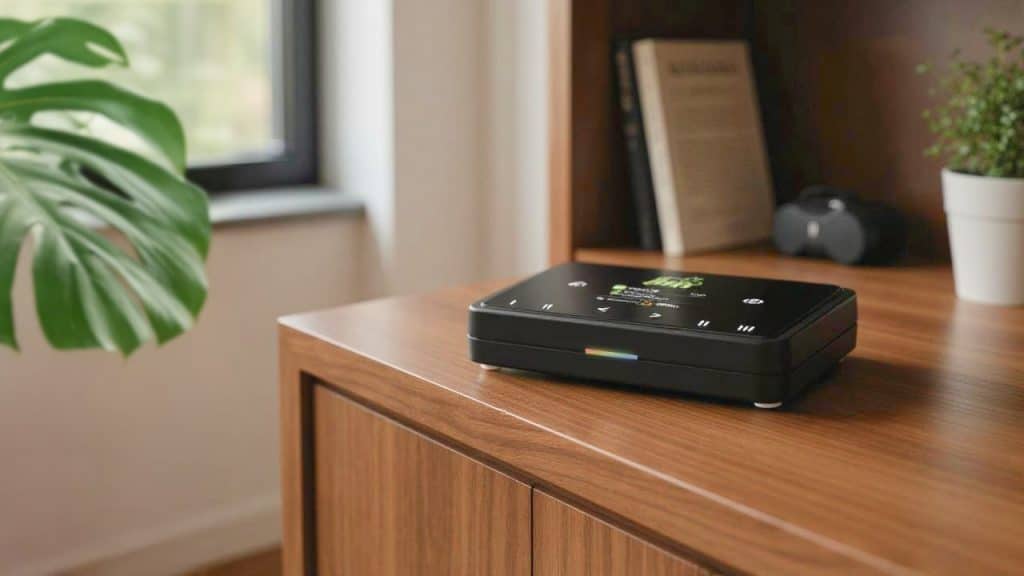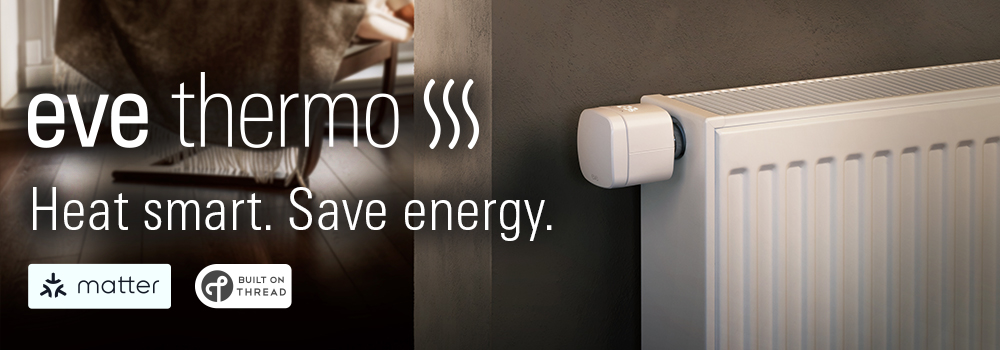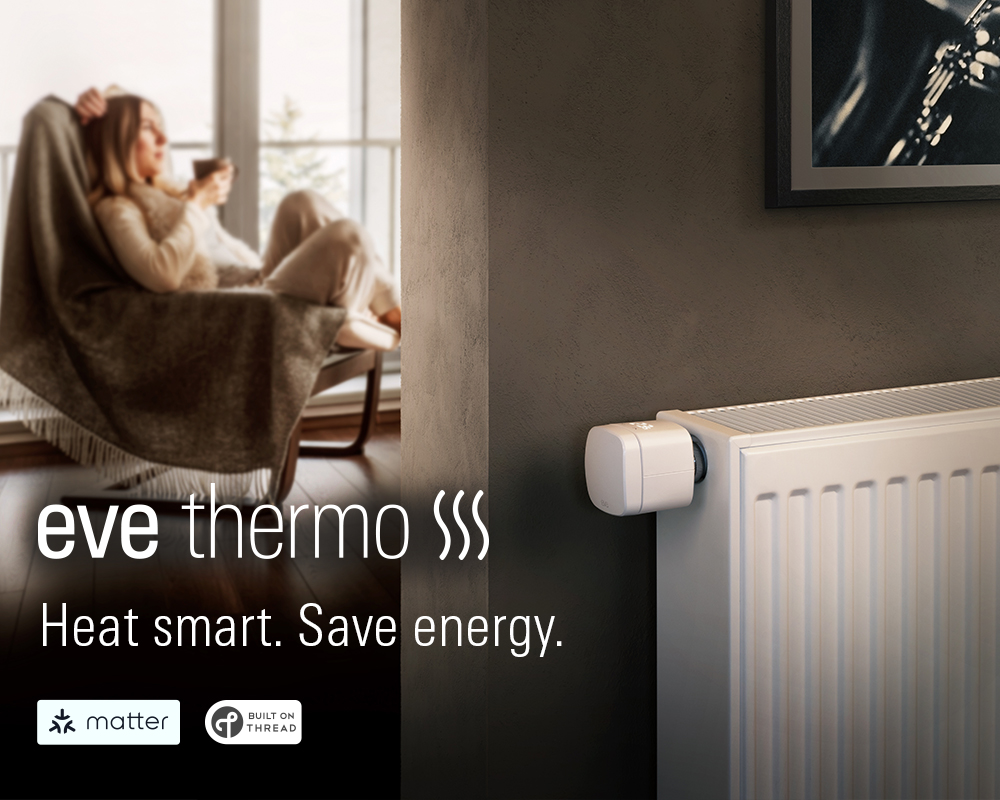Hosenso, a company based in Germany (link), aims to optimize household energy flows with a central controller that brings together energy producers and consumers. The company near Hamburg has packed more than a dozen technologies into a single device. Its HsenBoxx supports installation buses like KNX, EEBus, and Modbus, as well as corporate solutions from Fritz and Shelly and products based on open protocols such as MQTT. Wireless products can be connected via Wi-Fi, Zigbee, or Thread, and a Matter Controller is also on board.
“Originally, we planned to implement everything using Matter. But in the end, it’s a combination of protocols that gets us where we want to be,” says Tomas Fernandez y Wiese, one of Hosenso’s two managing directors, to matter-smarthome. He runs the company together with his longtime friend Guido Jobst. Hosenso – short for Holistic Sustainable Energy Solutions – was born out of a desire to operate a private photovoltaic system efficiently. When the company was founded in 2023, there was simply nothing suitable on the market.
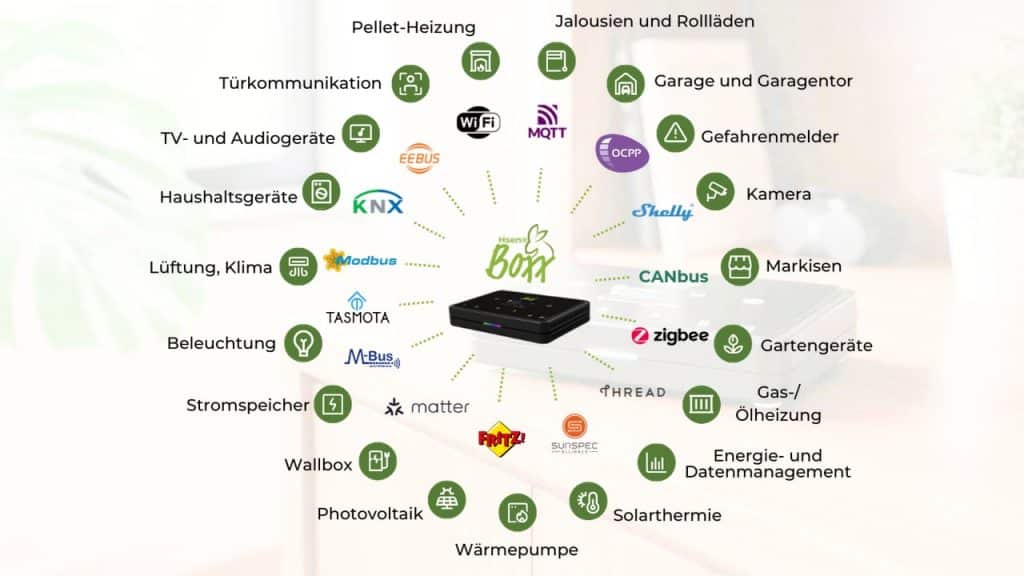
One Box to Rule Them All
The approach is not new, but it is more relevant than ever. Despite ongoing standardization efforts, integration needs in buildings continue to grow. Many systems can now be networked – from photovoltaics and heat pumps to EV chargers. But few are compatible, let alone interoperable. In practice, that means they cannot exchange data because they come from different manufacturers and speak different technical languages.
Regulatory requirements add further complexity. To ensure that rooftop solar systems do not overload the grid, feed-in levels must be controlled. This is enabled by a smart meter and a control unit. In Germany, the legal framework is defined by the Renewable Energy Sources Act (Section 9 EEG). Another rule affects electrical consumers: The German Energy Industry Act (Section 14a EnWG) requires owners of heat pumps and wallboxes to allow load reduction if their operation jeopardizes grid stability.
According to the manufacturer, the HsenBoxx complies with both requirements and serves as a foundation for a universal, grid-supportive Home Energy Management System (HEMS). Users should face minimal setup effort, Fernandez promises: “We provide presets. As soon as a relevant device is added, a popup appears asking whether the presets should be activated.” They adapt automatically: “When a heat pump is added, or a battery storage system or dynamic electricity tariff, the system layers those factors to deliver real energy management ‘out of the box.’”
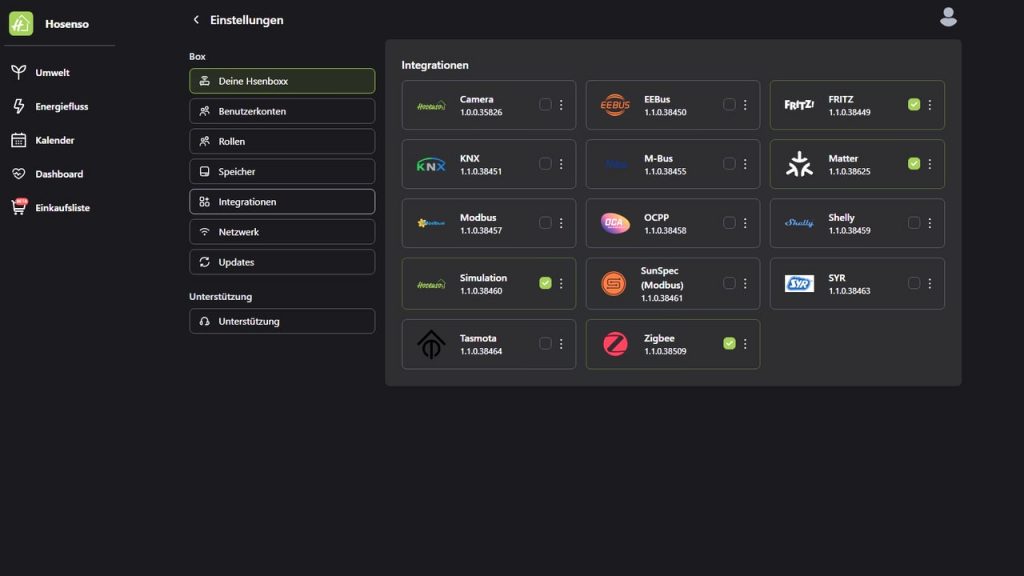
First Target Group: Professional Installers
As a subsidiary of Atec (link), a supplier of exhaust systems, battery storage units, and heat pump, Hosenso handles all software development. Atec supplies the necessary hardware – and with it the device distribution network through wholesalers. For now, installers interested in the HsenBoxx should still contact Hosenso directly. Delivery volumes are currently too low for wholesale listings, Fernandez explains.
The company also targets specialist planners, landlords, energy suppliers, and the housing industry. Private customers are also expected to join in the future. The user interface is designed to be easy to use for end consumers who are less tech-savvy. Beyond presets, the system offers classical if-then automations with triggers and conditions, family calendars with weather data and waste-collection schedules, and the developers have even thought of a shopping list.
The HsenBoxx costs €280 upfront. All standards and third-party integrations are included. Offline operation without internet, via web interface or app, is also possible. An additional €100-per-year subscription activates Hosenso Live, which provides remote access, cloud backup, and LTE connectivity. The integrated cellular module takes over when the local internet connection fails. With a subscription, installers can also perform maintenance tasks and detect anomalies – all in compliance with the European Cyber Resilience Act (CRA), according to the feature overview (link).
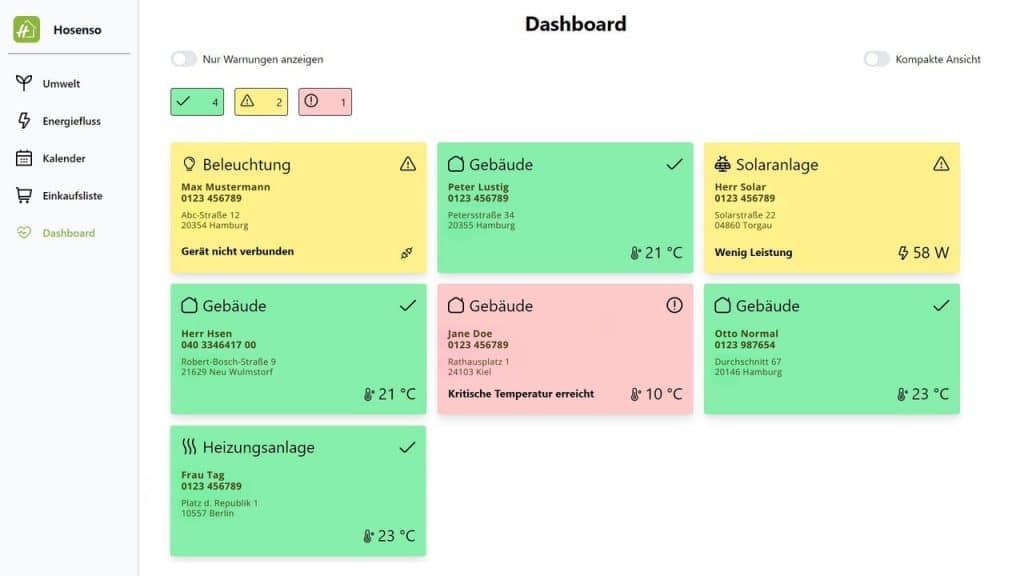
Which Products Are Supported?
Controlling a wide range of devices across protocols and manufacturers? “That’s not possible, we were told at the beginning,” Fernandez recalls. Nevertheless, Hosenso claims to have found a way. The solution relies on proprietary integration software and a steadily expanding library. Several hundred products are covered at launch – including standards such as Zigbee lighting and Matter smart plugs.
The team has already collaborated with several heating manufacturers to integrate their systems. It remains to be seen whether Bosch and Viessmann will join the club. Both companies have a HEMS hub of their own in their product range (Bosch Smart Home, Wibutler) and therefore do not necessarily need a product like the HsenBoxx.
All verified products appear in a list. The goal is for users to simply select their device during setup. If an entry is missing, the box reads available data. “With integrations like Matter, EEBus, OCPP, Shelly, or Zigbee, this works over the network,” Fernandez explains. Users can choose to send the information to Hosenso, which then adds the device to the library. “With KNX, Modbus, or Sunspec, that’s not possible,” he says. In those cases, Hosenso relies on customer assistance. The device is integrated manually with the installer or customer and then made available to all users.
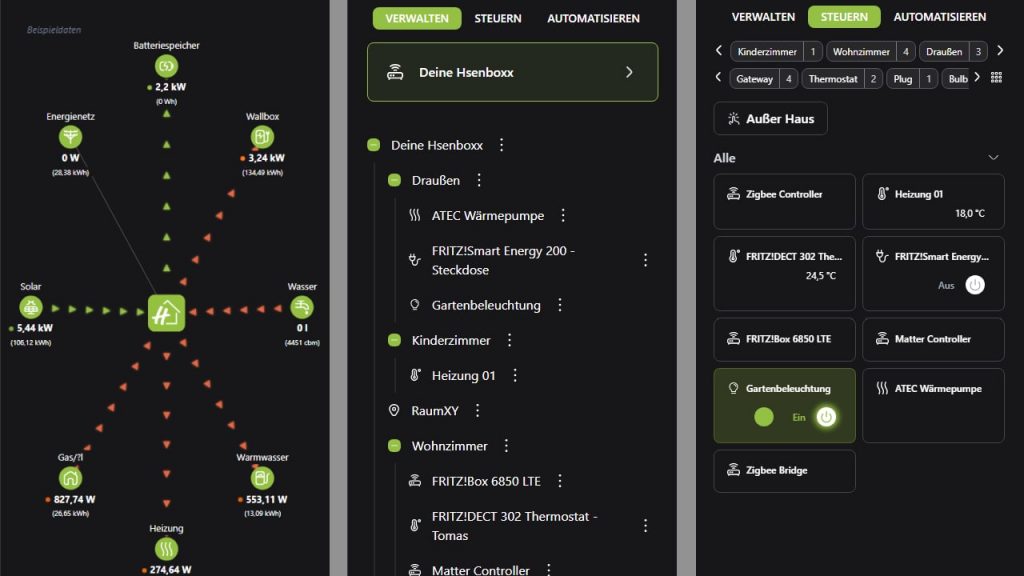
Energy Management With the Matter Standard
Growing standardization would help expand device support faster. Tomas Fernandez is confident that the international power of the Matter standard will help achieve this goal. Many product categories relevant to energy management are already included in it. In Germany, heat pump manufacturers still tend to favor other protocols such as EEBus, which Hosenso also supports. “However, from an international perspective, EEBus is not particularly relevant.” Chinese and US companies are less inclined to invest in the protocol because it has limited global importance, he explains.
The HsenBoxx currently supports Matter 1.4, with an update to the recently released Matter 1.5 planned for late Q1 2026. “Through integration tests, we can verify the operation of common smart home devices such as lights, plugs, motion sensors, thermometers, and more,” Fernandez says. Experience with heat pumps and other major energy devices is still lacking: “We have not yet found any real energy products with this integration in the wild”.
Share this information:
